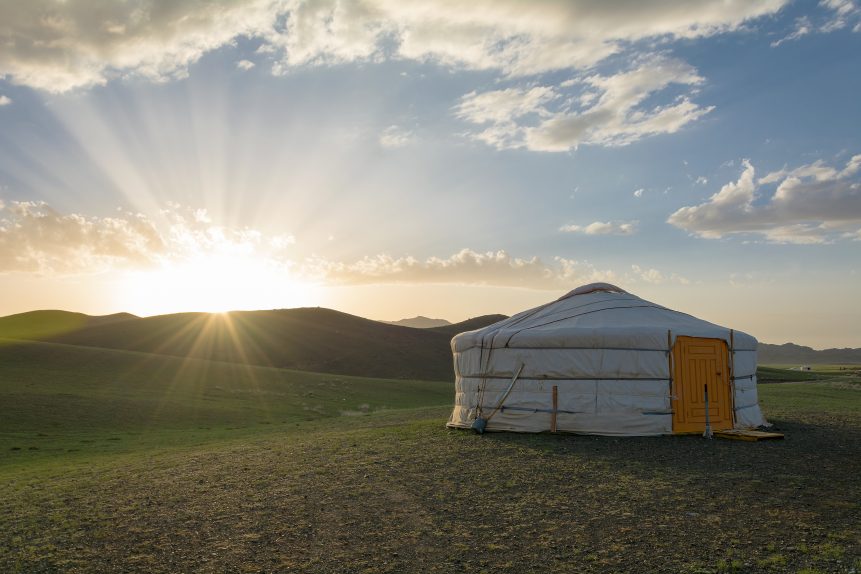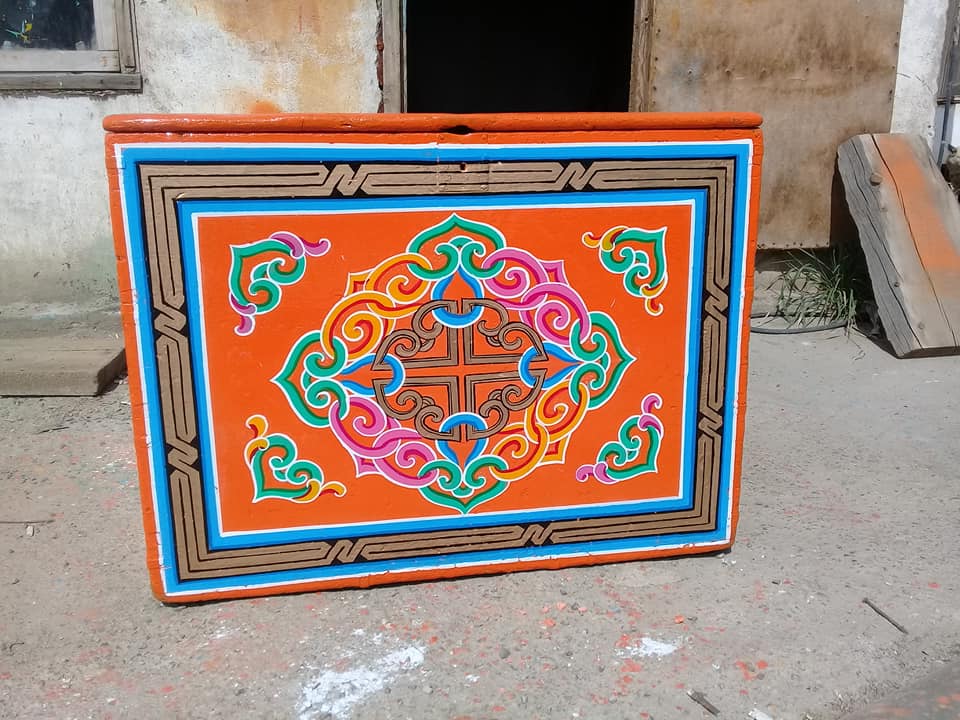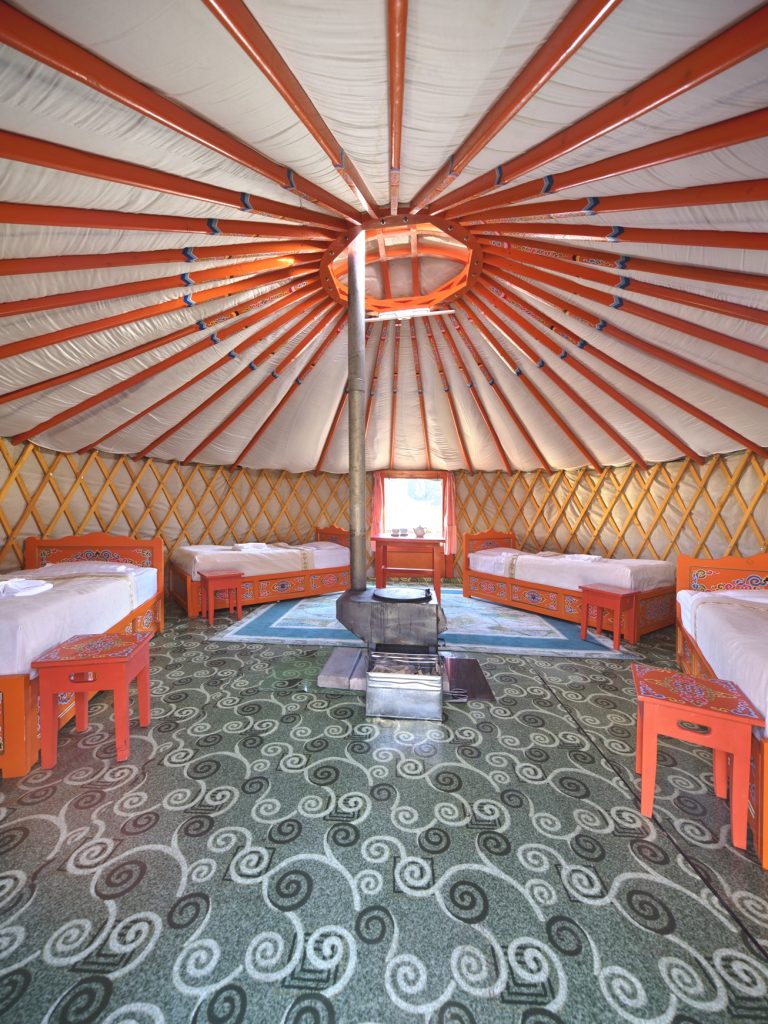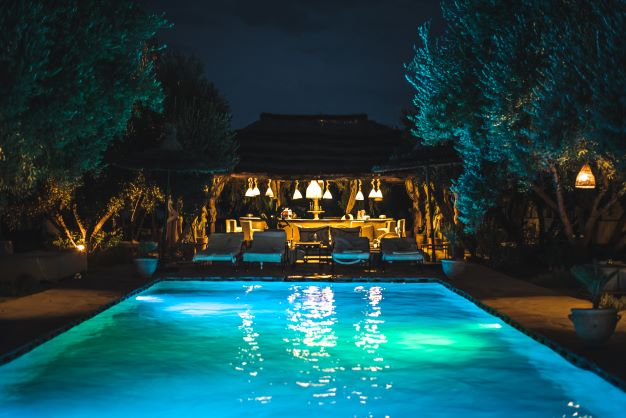For centuries, Mongolia’s nomadic peoples have lived in traditional gers – circular, portable dwellings that are easily dismantled and reassembled as families migrate with their herds. Step inside one of these gers and you’re immediately transported to a world of rustic beauty and practicality.
What is a Mongolian Ger?

A Mongolian ger (or yurt) is a circular, portable tent used by the nomadic peoples of Mongolia for centuries. Constructed with a collapsible wooden lattice frame and covered in thick felts made from sheep’s wool, these ingenious dwellings can be erected or broken down in a matter of hours.
At the center is a wooden crown where compressed air from the roof opening allows smoke to escape. Lightweight yet exceptionally durable, gers offer protection from Mongolia’s harsh climates while allowing for an ever-mobile lifestyle.
Advantages of Mongolian Yurt
The yurt’s design provides several key advantages ideal for nomadic living on the vast Mongolian steppe. Their round shape helps retain heat during frigid winters and allows convection airflow to create cooling airflow in summer.
Constructed from sustainable, locally-sourced materials like wood, wool and leather, they have minimal environmental impact. And their portable design enables nomads to effortlessly pack up and relocate with their livestock herds in pursuit of new grazing grounds.
It was one of the main reasons why Mongolian armies were so successful in conquering neighboring lands. Besides their excellent horse riding and archery skills, for a culture that follows the natural migration patterns, the Mongolian ger is the supremely adapted housing and logistical solution.
Mongolian Ger Decor
Avdar (Chest)

These ornately decorated wood chests come in pairs, representing the symbolic duality of married life. Elaborately painted with depictions of lions, natural scenes and geometric patterns, avdars are positioned in the most honored north side of the ger opposite the door. Their purpose is to safely store a family’s prized possessions like books, ceremonial clothing and heirlooms.
Multiplurpose Table

A low, hand-carved table is the life/work station of the ger, used for everything from meals to studying to worship. Squatting around it on petite painted stools or raised platforms, family members engage in their daily activities. The table’s surface is an artistic masterpiece of vibrantly colored motifs depicting animals, plants or shapes.
Mobile Bed

Don’t be fooled by their basic shape – Mongolian ger beds are ingeniously designed. Many have folding sections that allow them to be packed up easily when moving camp. Built-in drawers provide invaluable storage for clothes and personal items. And the most treasured object, often a saddle, is displayed prominently beside the bed’s west side.
Felt Rugs

Beyond the wooden masterpieces, gers are infused with an array of textural elements. Plush wool rugs, embroidered hangings, and felted wool accents. Rustic metalwork like copper bowls and iron candle holders. Even luxurious sheepskins and cowhides adorn seating and sleeping areas.
With their earth-toned hues punctuated by bursts of saturated reds, greens and blues, these nomadic tents reflect the vibrant yet rugged beauty of the Mongolian steppe. Each element serves a purpose, embodying the essence of this ancient culture that remains seamlessly intertwined with its surrounding natural environment.
For the world traveler seeking to recreate this authentically ethnic yet utterly serene aesthetic at home, look no further than the traditional ger’s simple yet sophisticated decor. Invest in quality woodcarvings, embrace rich textures and bold folk motifs, and create a living space that channels the nomadic spirit of the Mongols.




